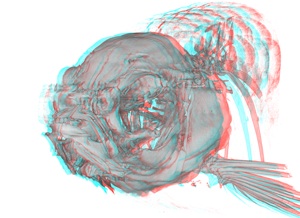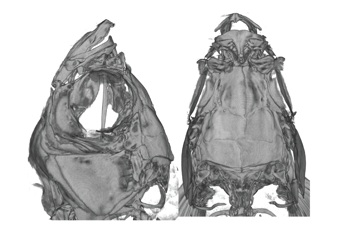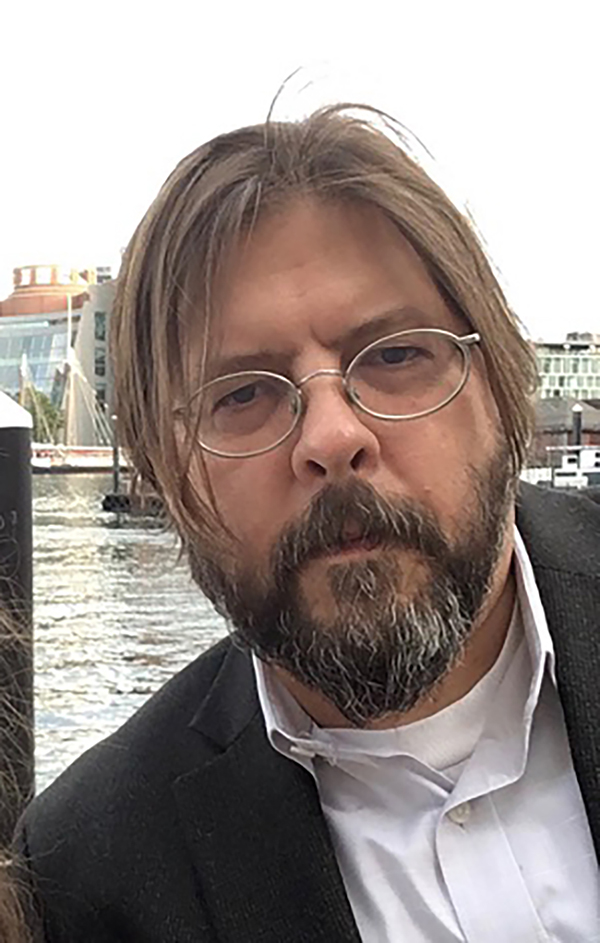Skull shape and form
The formation of the skull requires the coordinated morphogenesis and growth of numerous structures during development.
The fish skull is quite similar to our own. There are differences in pattern and functional adaptations, however the fundamental basis of skull patterning and growth are similar due to stemming from a similar structure in a common ancestor.

We are investigating the genes necessary for coordinated growth and patterning of the skull focusing on genes affecting late development. We are using the zebrafish as a means to functionally dissect the genetic regulation of proportional growth of the skull through forward mutagenesis screens and high-throughput modifier screens of mutants having altered growth and patterning of the skull.

As a component of this work, we are focusing on the development and fusion of the sutures of the skull. The inappropriate fusion of sutures leads to severe birth defects in children. We are using zebrafish mutants that exhibit similar defects in suture development to see if the zebrafish can be used to dissect the genetic regulation of suture patency and bone formation. Additionally, we are investigating whether the zebrafish mutants can act as an experimental model in which to find potential small chemical regulators of suture formation that can prevent precocious suture fusion.

